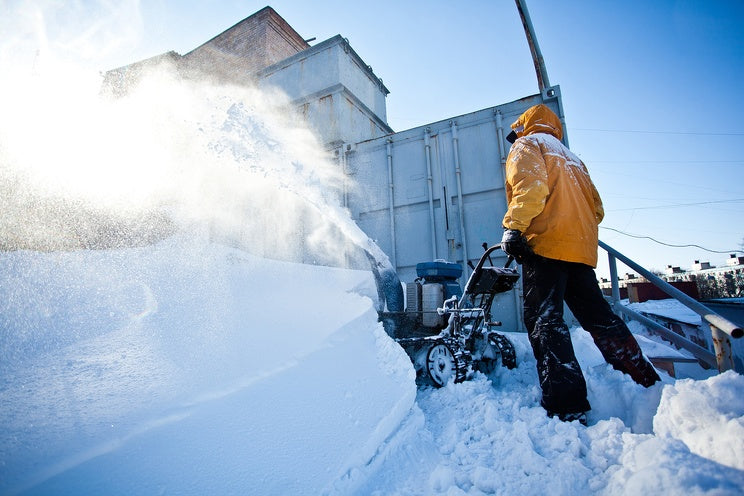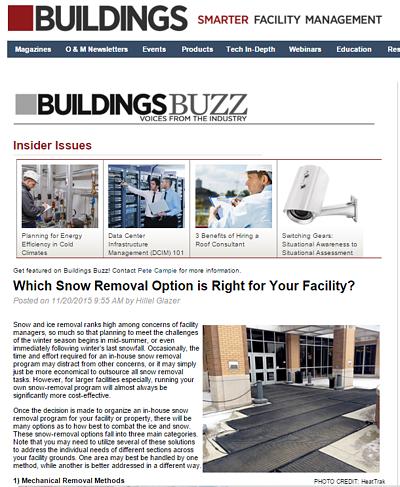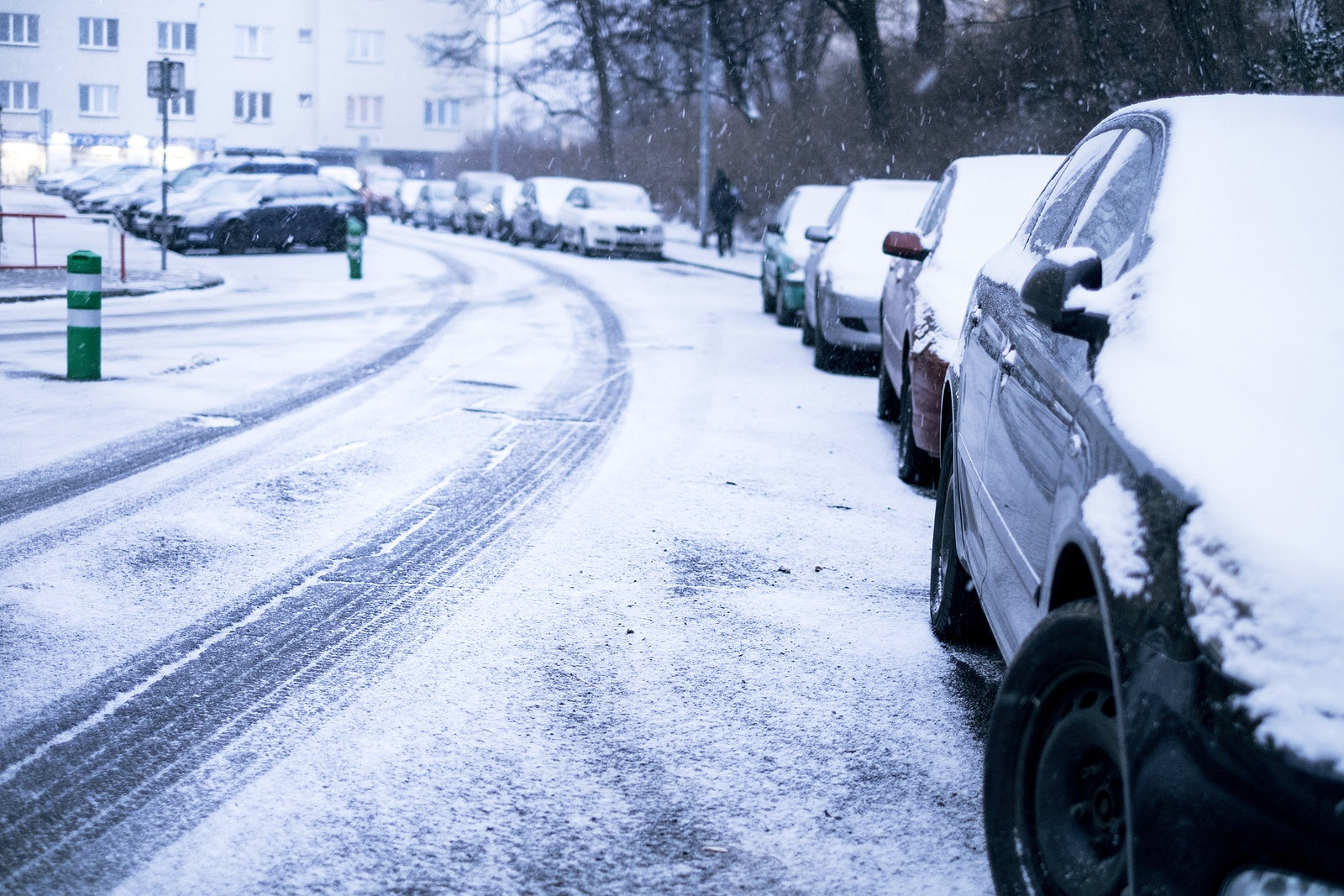
Facility managers have many reasons to keep a close eye on the safety level of their grounds, particularly during the accident-prone winter months. Humanitarian concern for their employees and clients, the need to maintain a positive reputation in the community, the negative impacts of losing a valuable employee to injury for weeks on end, and the high costs of personal injury lawsuits are all motivations for a safe and well-maintained property.
Then of course, there’s also the threat of government safety violation fines, most notably those issued by the Occupational Safety and Health Administration (OSHA), the main federal agency charged with the enforcement of safety and health legislation. This impetus towards vigilance in safety matters is certainly a strong motivating factor, but recent regulations have changed what exactly it can mean for your facility.
The New Maximum Penalties
For the last 25 years, OSHA fines had been exempted from annual, inflation-based increases. With the passing of the 2015 federal budget, however, all that has changed. Maximum fines are expected to immediately rise by 80%, and the law allows them to ultimately increase by 150%. The former maximum for "serious violations" is estimated to surge from $7,000 to $12,000, and the maximum for "repeat or willful violations" will jump from $70,000 to $120,000. The prices will continue to be adjusted upwards, year by year, in accordance with the Consumer Price Index.
Despite the stricter environment for businesses, there are two mitigating factors to take note of. First, the current average OSHA fine is only $3,000 rather than the maximum $7,000, and thus, $12,000 fines may not be common. Second, the new penalties will not be implemented until August 1st, 2016, giving some time to prepare.
How to Prepare
Those managing snow and ice removal at industrial and commercial facilities are already familiar with the importance of OSHA compliance. It will be good, however, to review and upgrade operations in order to ensure your company avoids these crippling fines. Some of the most important areas to pay attention to include the following:
- Be sure to stockpile all de-icing and anti-icing agents long before winter. If you are caught short-stocked during an exceptionally snowy winter, you will either have to use the chemicals more sparingly, which will be less effective and less safe, or pay an exorbitant rate during a nationwide shortage.
- Thoroughly test all snow removal equipment, and make sure it is in top working condition. Not only must your equipment be safe to use, but performance levels need to be close to ideal to lower the odds of poor work that leads to fines.
- Have your facility's roof inspected for structural integrity, and repair any hint of damage where necessary. Find out the exact snow load it is capable of carrying and monitor it throughout the winter. Avoid sending workers on the rooftop when possible, but if they must relieve the roof of some weight, make sure they have a safety cord and know the location of all vents, sun roofs, and other hazards.
- Consider installing snow-melting mats along the most high-traffic outdoor pathways. There are specialized mats for sidewalks, stairways, and entryways, and they can be interconnected to plug into a single indoor outlet. These mats will create a snow-free zone with optimal safety and also reduce maintenance needs.
- Use highly absorbent rugs just inside all entryway doors. Slipping in puddles of water that melted off shoes and boots is a danger that is sometimes overlooked, but it is a major source of slip and fall accidents.
With the new, stricter enforcement of OSHA standards in recent years and the increase in the maximum fines just around the corner, every aspect of your snow and ice removal safety program should be tightened up. With the risks of non-compliance so expensive, it will be worthwhile to expend some extra time, effort, and money on maximizing safety.


